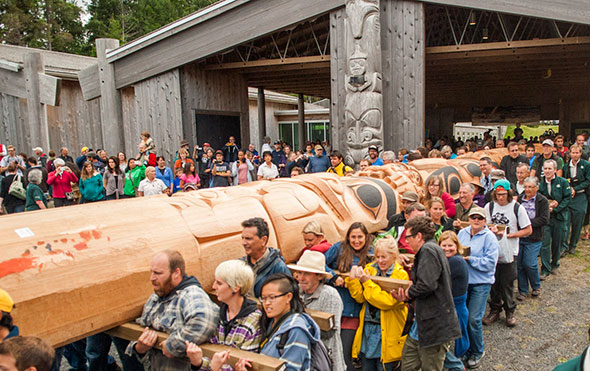Connecting people to people, rebuilding understanding of how systems work: Do ‘tribal parks’ represent a novel governance structure that could promote new partnerships for traditional and autonomous management of tribal lands?
Objective: for aboriginal groups to assert their rights to govern and use land in their own way without the prior approval of a national government
“Tribal parks” are an example of Aboriginal people asserting their rights to govern and use land in their own way without the prior approval of a national government. In Canada, some tribal parks have been converted into co-managed national parks (e.g. Gwai Hannas national park, http://www.pc.gc.ca/eng/pn-np/bc/gwaiihaanas/index.aspx), while others exist in an interesting legal grey area where there are partnerships with some levels of government but are not formally recognized by others (e.g. Tla-o-qui-aht Tribal Park, http://www.tribalparks.ca/). These parks are interesting because they represent a new way that traditional and historical values have been incorporated in the protection of ecosystems. They are also interesting because they have been asserted not by the state, but by colonized people who have historically been displaced by the state. By enhancing the diversity of land ownership and land governance systems these tribal parks potentially provide opportunities for experimentation and learning that can benefit broader society. due to historical treaty rights, aboriginal lands represent places where different rules apply within a country. These differences provide places where different ways of people and nature can interact and potentially provide lessons for large society.



